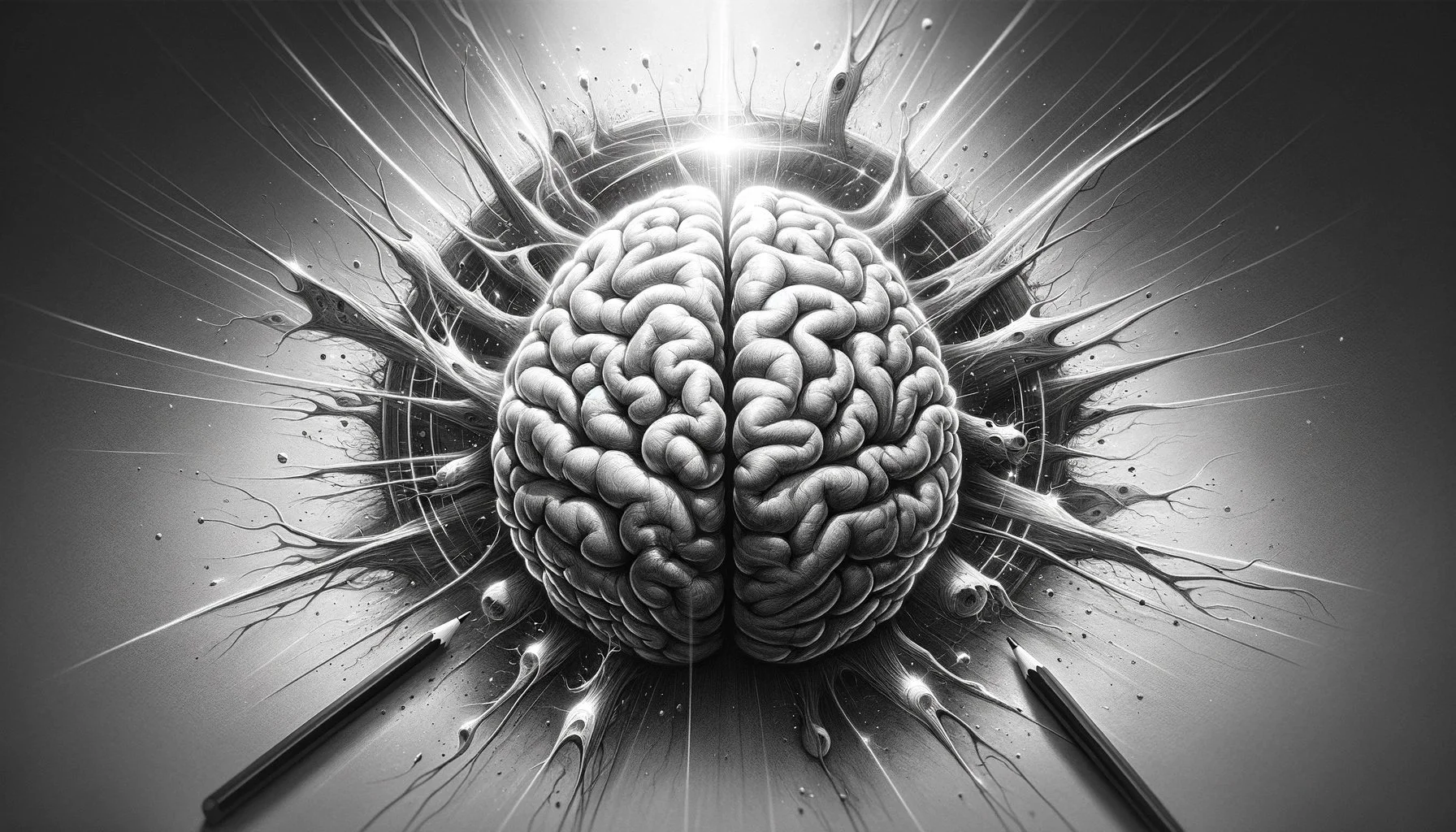1. Introduction - Dr. Bo’s Guide to Neuroplasticity
DALL-E
Neuroplasticity, also known as brain plasticity or neural plasticity, is a fundamental concept that has revolutionized our understanding of the brain. Once believed to be static and unchangeable beyond the early years of life, modern science has unveiled that the brain is, in fact, a dynamic and ever-evolving organ. Neuroplasticity refers to the brain's ability to reorganize itself physically and functionally throughout an individual's life in response to environment, behavior, and injury.
This incredible capability of the brain implies that our neural connections are not fixed but are continually being created, strengthened, or diminished based on our experiences and interactions. This adaptive nature of the brain plays a critical role not only in learning new information but also in recovery from brain injuries. Every time we learn a new skill, memorize information, or adapt to a new environment, our brain adjusts to these changes by forming new connections or by reinforcing existing ones. This is neuroplasticity at work.
For instance, when people lose one of their primary senses, the brain undergoes a reorganization process whereby it compensates for the loss by enhancing the remaining senses, a phenomenon known as cross-modal neuroplasticity. This ability to adapt and modify is not only fascinating but also immensely practical, offering avenues for developing new treatments in neurorehabilitation and learning enhancement strategies.
The relevance of neuroplasticity extends far beyond the confines of neuroscience laboratories and has profound implications for everyone. Understanding how our actions, environment, and even thoughts can influence the physical structure of our brains helps us appreciate the control we have over our mental faculties. It underscores the importance of nurturing a healthy brain environment through continuous learning, mental exercises, and staying actively engaged in life's diverse experiences.
Moreover, the concept of neuroplasticity brings hope and motivation. It suggests that our intellectual capacities are not fixed but can improve with effort and perseverance. For students struggling in school, individuals recovering from traumatic brain injuries, or older adults concerned about cognitive decline, neuroplasticity provides evidence that the brain can learn and improve at any age, underlining the importance of a lifestyle that promotes brain health.
In daily life, the principles of neuroplasticity can be applied to enhance educational outcomes, professional skills, and personal development. Whether it's learning a new language, mastering a musical instrument, or adapting to a new culture, neuroplasticity is at the heart of our ability to change and adapt. It is a reminder that we are capable of overcoming challenges and improving ourselves continuously.
By embracing the principles of neuroplasticity, we can lead richer, more adaptable lives. This introduction to neuroplasticity is more than just an academic discussion; it's a call to action to think, learn, and live in ways that foster a more resilient and flexible brain. As we proceed, we will explore the neuroplasticity’s historical perspective, the mechanisms behind neuroplasticity, how it impacts our daily lives, and practical ways to harness this incredible power of the brain to better ourselves and our world.
"The Brain That Changes Itself" by Norman Doidge, M.D. – An accessible and thought-provoking book exploring real-life cases where individuals have harnessed neuroplasticity to overcome neurological defects and improve their lives.
"Soft-Wired" by Dr. Michael Merzenich – Written by a pioneer in the field of neuroplasticity, this book offers insights into how we can rewire our brains for better health, happiness, and longevity.
Coursera offers several courses on neuroplasticity and related topics, such as "Understanding the Brain: The Neurobiology of Everyday Life," taught by professors from the University of Chicago.
EdX also features courses like "The Science of Happiness," which explores the neuroplasticity behind why and how certain practices improve well-being.


